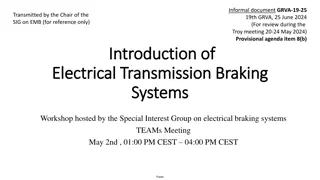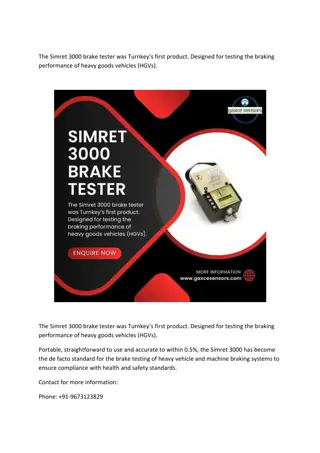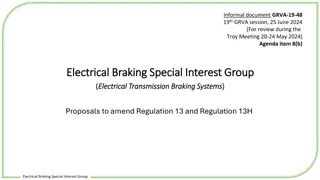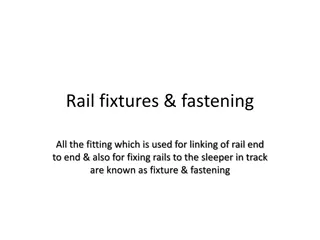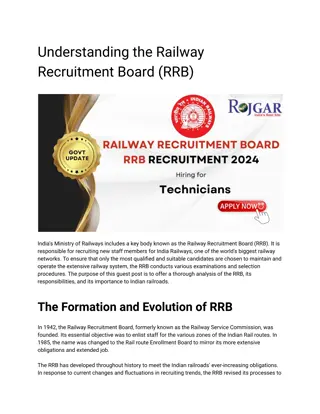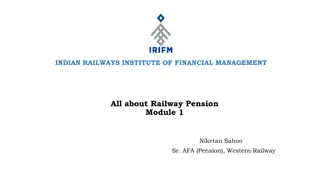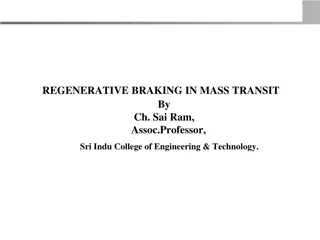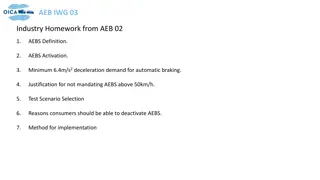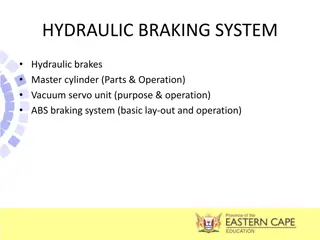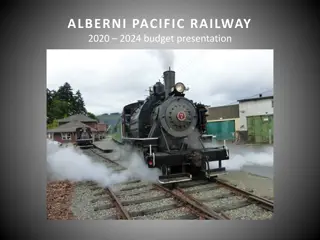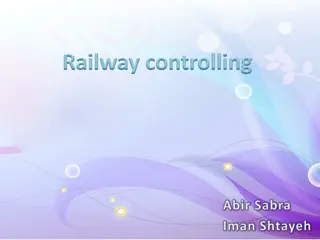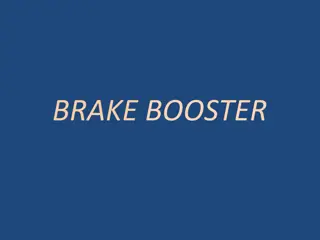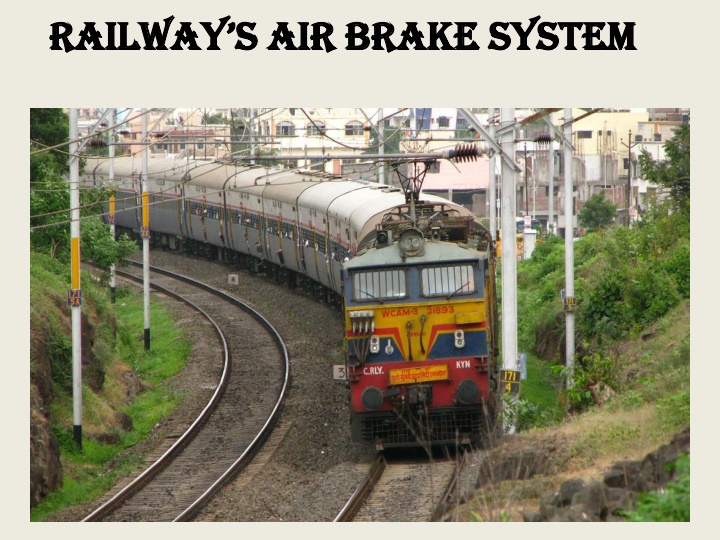
Railway's Air Brake System
Explore the evolution and functionality of air brake systems in railways, from manual handbrakes to George Westinghouse's invention of the triple valve. Discover how compressed air is utilized to efficiently stop moving trains, converting kinetic energy into heat energy through friction.
Download Presentation

Please find below an Image/Link to download the presentation.
The content on the website is provided AS IS for your information and personal use only. It may not be sold, licensed, or shared on other websites without obtaining consent from the author. If you encounter any issues during the download, it is possible that the publisher has removed the file from their server.
You are allowed to download the files provided on this website for personal or commercial use, subject to the condition that they are used lawfully. All files are the property of their respective owners.
The content on the website is provided AS IS for your information and personal use only. It may not be sold, licensed, or shared on other websites without obtaining consent from the author.
E N D
Presentation Transcript
RAILWAYS AIR BRAKE SYSTEM RAILWAY S AIR BRAKE SYSTEM
hiSTORY hiSTORY . In starting breakmen have to jump from car for setting handbrakes. .The next generation of brakes added a compressor to the locomotive .The brake pipe was connected to an air cylinder on each car . George Westinghouse invented triple valve and on got patented on March 5, 1872 and on this today s air brake system of train is based
INTRODUCTION INTRODUCTION The air brake is the standard, fail-safe, train brake used by railways all over the world. It is based on the simple physical properties of compressed air. By compressed air desired force required for breaking the train is applied on block and train motion ceases.
Basics Basics A moving train contains energy, known as kinetic energy To stop the train this energy must be changed in another form While stopping the train this kinetic energy is converted into heat energy by friction The conversion is usually done by applying a contact material to the rotating wheels or to discs attached to the axles.
AIR BRAKE AND VACUUM BRAKE AIR BRAKES SYSTEM VACUUM BRAKE Air is filled in the pipe Vacuum is created in the pipe Take less time during starting Takes more time during starting More effective and reliable Less effective and less reliable Diameter of feed and brake pipe is 25 bore Diameter of train pipe is 50 bore Pressure in feed pipe is 6kg/cm2 and that in brake pipe is 5kg/cm2 Effective pressure on piston - 0.kg/cm2
COMPONENTS OF AN AIR BRAKE COMPONENTS OF AN AIR BRAKE .Compressor .Reservoir .Unloader Valve .Air Dryer .Feed Valve .Equalizing Reservoir .Brake Pipe .Angle Cocks .Coupled Hoses .Triple Valve
Working of air brake system can be explained on the basis of different position of brake valve: 1. Brake Release
Two Pipe Systems: A problem with the design of the standard air brake is that it is possible to use up the air in the auxiliary reservoir more quickly than the brake pipe can recharge it This system is used to overcome the overuse of auxiliary reservoir air



